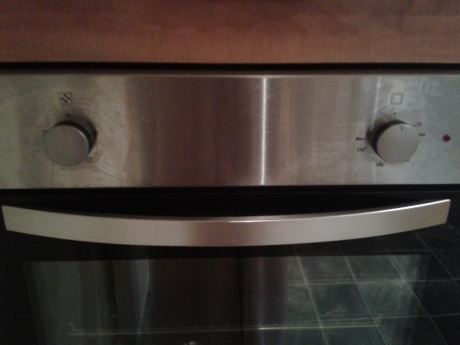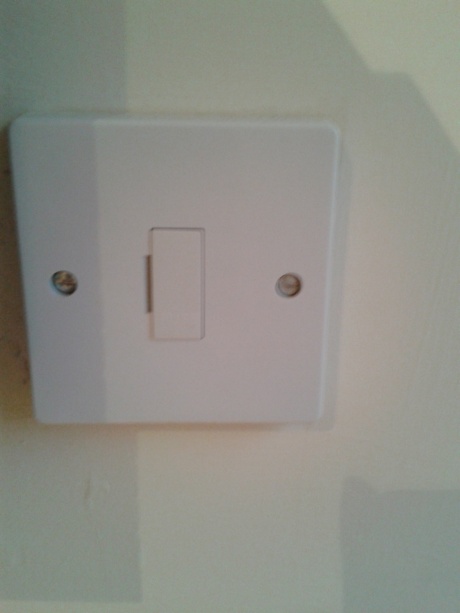
The second lecture of the semester was all to do with exploring cognition, which links in quite nicely to cave paintings. Not only were we looking at cognition but also the study of semiotics. For example we were shown a series of works by Picasso exploring the form of a bull, in which he eventually narrowed down his perception of a bull to be a big body, small head and big balls, after this he then turned this simple form into his own signature. Telling us possibly that he himself is like a bull. We were then shown an American Express ad campaign which used Pareidolia, which is when we see faces in other things like the surface of the moon, bath taps or clouds. This brings up the question of whether or not we as human beings are hardwired to recognise human faces. And I suppose in general we are from a young age bombarded by images of other faces and taught to recognise other people’s emotions from them. Of course in some cases the empathic quality is missing in individuals through circumstance. This ability to recognise faces probably dates back to before we had speech. However in this modern age where people are becoming more introverted by technology and constantly shown image or video of strong human emotion, are we now immune to its early empathic effects. Have we learnt to turn off to strong shows of emotion? That is a question for another day.
Signs are broken down into symbols, indexes and icons. A symbol is a sign that has lost most resemblance to what it means and they are often specific to a certain group of people. Which thinking back to one of my previous posts concerning cup and ring marks, and the possible existence of a prehistoric universal symbolic language. Would disprove this thought, meaning that a French prehistoric man would probably not be able to understand the cup and ring marks made by Scottish prehistoric man in Argyll. As they would be site specific to that culture. An index is a sign linked directly to what it is, like the stencilled hands in the Chauvet caves. They are human handprints depicting human hands or humans in general. An icon is something well known, and is representative of a resemblance, for example images of Marilyn Monroe are iconic. But some signs can be a mix of two of these categories and that’s when it gets a little bit tricky.
I shall move away from the sticky business of mixed up indexical symbolic signs and proceed into the fluidity of signs in the form a continuum. It begins with a representational image such as a photograph or highly detailed drawing of say a tree, this image is simplified and simplified until it is the most basic image of a tree that a human being could recognise without having learnt some special knowledge. This recognisable image then becomes abstracted and is all to do with that individuals perception of what a tree is. For example it could be the Chinese character for a tree, a symbolic drawing of a tree or even a written description. Something that requires a separate knowledge. Hopefully in my next post I will upload I wee drawing of a continuum for you and some lovely categorized symbols. I have found a few so far and I may even search out some pareidolias. I better have my camera at the ready.
Here’s a link to a BBC article on Pareidolia : http://www.bbc.co.uk/news/magazine-22686500 (accessed 29.9.2013.)
The picture is a Pareidolia I found on a case.





